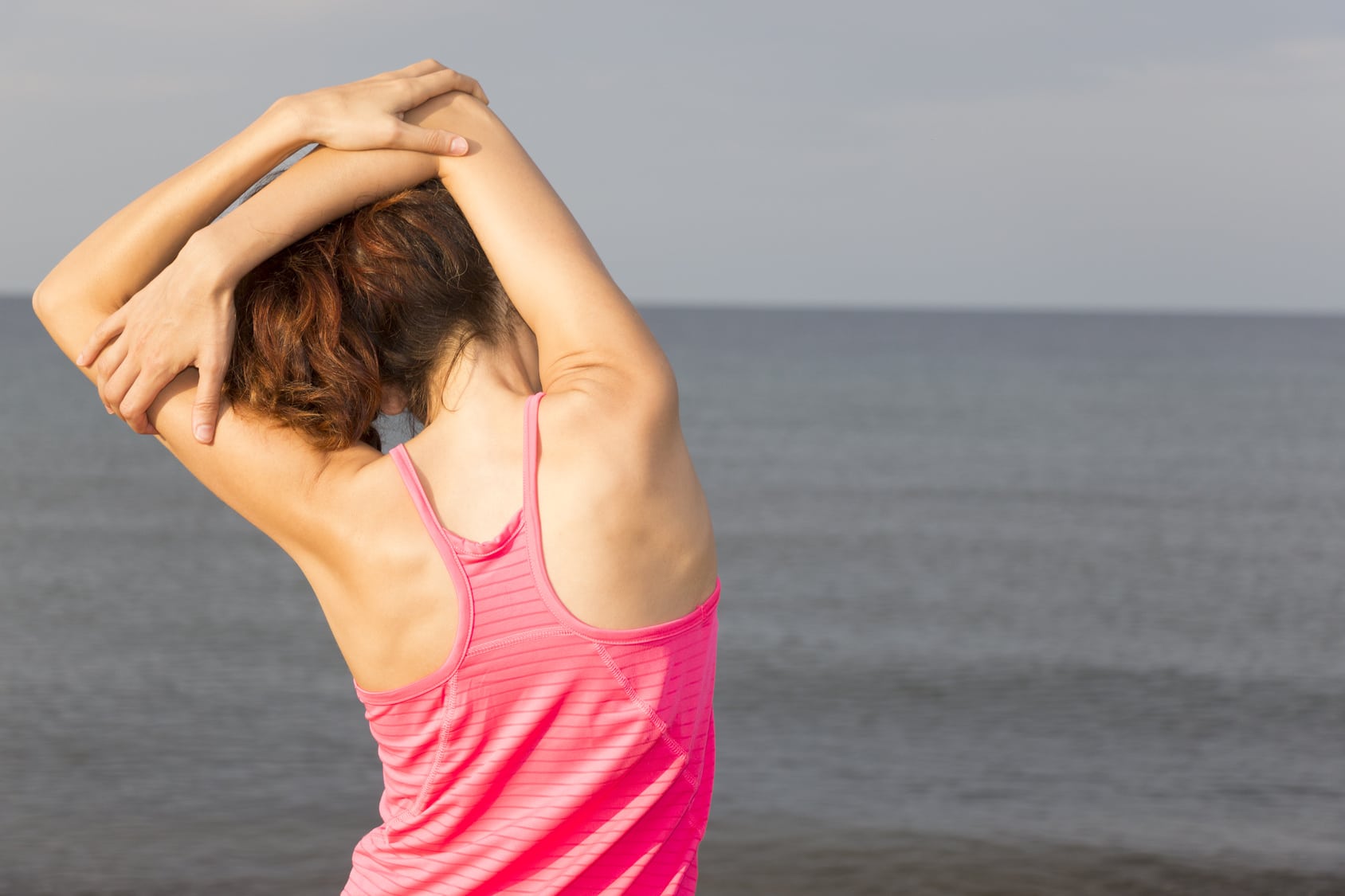
Are you looking for some of the best stretches for runners to help you improve flexibility, reduce the risks of injury, and boost your performance?
If your answer is yes, you’re in the right place.
Why Stretching For Runners Matters
Running tightens up the muscles and might reduce flexibility from the feet to shoulders. Good news is, stretching is essential because it helps keep your muscles flexible, healthy, and strong, especially after a run.
A good post-workout stretching routine can help relieve tension in the muscles (allowing them to relax instead), readjust your muscle fibers, and restore their normal range of movement.
As a runner, you also need ample flexibility to maintain a full range of motion in your joints, which can help you improve performance and the cut risk of overuse injury.
By ignoring these negative effects, you’ll be setting yourself for chronic soreness, discomfort, even injury.

Think of stretching part and parcel of your training program. It should be just as routine as warming up before a run.
Here are some helpful stretching guidelines:
- Stretch in a focused and gentle manner. Slowly stretch each of your lower body muscle groups, holding the stretch for about 30 to 60 seconds.
- Stretch every muscle to its greatest range of motion, but do not overextend. Stretch gently to the point of discomfort, but do not stretch beyond the pain zone. You’ll only hurt yourself by doing so.
- Never bounce nor do any jerking motion while stretching that may cause muscle tension. Instead, stretch each side of your body slowly,
- Don’t hold your breath. Breathe deep and use your breath to release tension or tightness in your
What to stretch? The Main Muscles Runners Must Stretch
Stretch every major group muscles—especially your running muscles—holding each stretch for 30 seconds and breathing throughout.
First, stretch your hamstrings—these are the muscles located on the back of your thighs.
Research has linked tightness in this area to lower back pain, knee issues, and overuse injury. And you don’t want that.
Next, stretch your quadriceps—the muscles at the front of your thighs. Tightness in this area can disrupt your whole kinetic chain, which can lead to overuse injury and subpar performance.
Next, stretch your hip muscles and the muscles around this joint—and that includes the gluteal group, the lateral rotator group, the adductor group, and the iliopsoas group.
Stretch your calf muscles. Tightness in this area may limit stride efficiency as well as increase the risks of muscle cramps and injury.
The lower back. This area is, often-than-not, ignored. The fact is, your lower back endures a lot of impact while running.
You should also upper body stretches, too. That includes your arms, neck, chest, and upper back muscles.
Crunched for time?
Running low on time? Then, at least, stretch your key running muscles—mainly the hamstrings, quads, and calves.
The basic stretching routine below includes 8 stretches. It should take just little over 8 to 10 minutes to complete. I have found that you’re more likely to stick to the stretching and do it regularly if you have to invest no more than 10 minutes.
Stretches for Runners – The 15-Minute Post Run Stretching Routine You Need
Without further ado, here is the runners stretching routine routine that can help you counterbalance the tightening effects that running has on the muscles.
1. The Calf Runners Stretch
2. The Standing Hamstring Stretch
3. The Standing Quad Stretch
4. The Seated Quad Stretch
5. The Seated Hamstring Stretch
6. The Lower Back Runners Stretch
7. The Hip Stretch
8. The Chest & Should Stretch
Conclusion
For most people, the above runners stretches routine is enough. But if you’re looking for more, then check out some of my previous posts.
Here are few links.
What about you? Do you any favorite stretches for runners? If you do, then feel free to share them with us in the comment section.
In the meantime, thank you for reading my post.
David D.
Original article and pictures take www.runnersblueprint.com site
Комментариев нет:
Отправить комментарий